Vintage Roadscene Archive is a series of one-off publications taking a comprehensive look at key aspects of road transport history from lorry manufacturers, operators and industries. These publications are featured in a largely pictorial presentation, using the resources of well-known photographic archives, backed up by the memories of enthusiasts and industry professionals who were there at the time. Vintage Roadscene Archive provides an unrivalled wealth of information and period pictures go to make up an ongoing series which will build into a library of interest to all transport enthusiasts. With each issue you can be assured of interesting and informative reading, enhanced with top-quality pictures of various aspects in road haulage.
SUBSCRIBE FROM JUST £14!
INTRODUCTION • As Malcolm Bates is the first to admit, he wasn’t actually ‘there’ during the best years of BMC. Or for that matter, the worst years. But he was around to see the relentless decline after Leyland took control up until the flame went out entirely when DAF was gifted the entire commercial vehicle business. Does that make him bitter? You bet. Malcolm suggests that it’s to our National shame that a major manufacturer like BMC was allowed to fall into Foreign hands. Does he, like many do, blame ‘Red Robbo’ and his Union cronies? Clearly, they didn’t help. But Malcolm’s strongly held view is that weak management and lack of corporate vision had already set in, well before the Union activists were allowed to throw their weight around.
BMC TIMELINE • You could say that the history of BMC is the history of the entire British vehicle manufacturing Industry in that the brand names, the people involved and the buildings associated with the what became BMC – and hence British Leyland – are woven together. Not only in the heartland of the West Midlands, but through the dealers, bodybuilders and end-users, in just about every market town in the British Isles. But Austin, Morris and the subsequent rather shaky application of those ‘BMC’ initials, also once stood for something in distant export territories throughout the World. Here’s how it all started…
BMC - THE HISTORICAL CONTEXT
THE EARLY YEARS - 1920 - 1940 • Prior to the formation of the grandly-titled British Motor Corporation in 1952, Austin and Morris took it in turns to be the manufacturer that sold the greatest number of cars in any given year. It’s generally reckoned that in the early postwar period, taken together, the production of Austin and Morris accounted for 60percent of all cars sold in Great Britain, with the American-owned Vauxhall and Ford brands fighting for market share with the other British-owned members of ‘The Big Six’ the Rootes Group and Standard-Triumph. That left Rover, still independent (until 1956) Singer and Alvis scrapping over the remaining slices. Sadly, without access to wads of SMMT statistics, the production figures of commercial vehicles seldom received the same attention in the press. But while Austin was an early contender in the heavy lorry market until 1919, it was Morris-Commercial that had the fullest range in the 1930s – although the arrival of ‘The Birmingham Bedford’ in 1939 would help swing the balance back to Austin in the early postwar period.
THE EXPORT OR DIE YEARS. 1948-1951 • Britain’s crippling War Debts were a key part of the reasoning behind the Labour Government’s thinking that the merging of some of our vehicle manufacturers might provide more resilience and an enhanced ability to sell ever more vehicles into the burgeoning World Markets for British-built cars, vans, trucks and buses. And as both Austin and Morris produced most of the above (to a degree at any rate) and between them, sold over half of all the vehicles manufactured in Great Britain, the idea that ‘biggest would be best’ must have seemed a sound idea. Sadly, the involvement of Westminster politicians in...
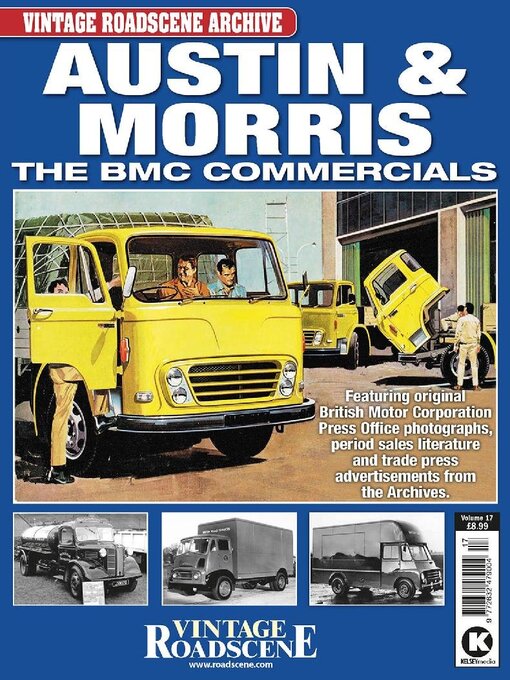
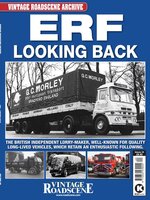 Volume 20
Volume 20
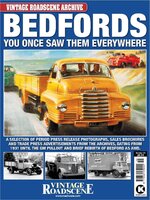 Volume 19
Volume 19
 Volume 18
Volume 18
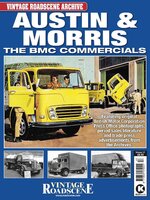 Volume 17
Volume 17
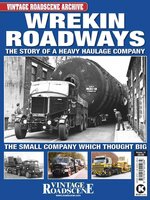 Volume 16
Volume 16
